Swedish company LC-Tec has unveiled the latest version of its PolarView-eND filter system that offers electronic ND in front of the lens. Up until now, the practical choices for front-mounted ND have been either fixed strength filters or variable ND using twin rotating polarisers. Panavision does make a similar product, but it is rental only. I will talk about that further down in the article.
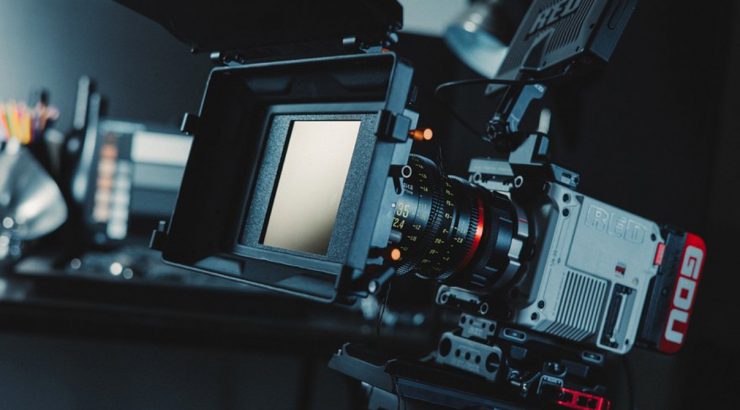
The latest prototype LC-Tec PolarView-eND filter system offers electronic ND in front of the lens and it offers instant, continuously adjustable ND filtration allowing for previously unattainable levels of control during a shot. Traditional ND filters have fixed transmittance, so the user is forced to carry a set of filters with different densities and choose the one that matches (unless you are using a camera with built-in ND) prevailing light conditions. Variable ND filters are based on two polarizers. The setting
is adjusted by physically rotating one of the polarizers.
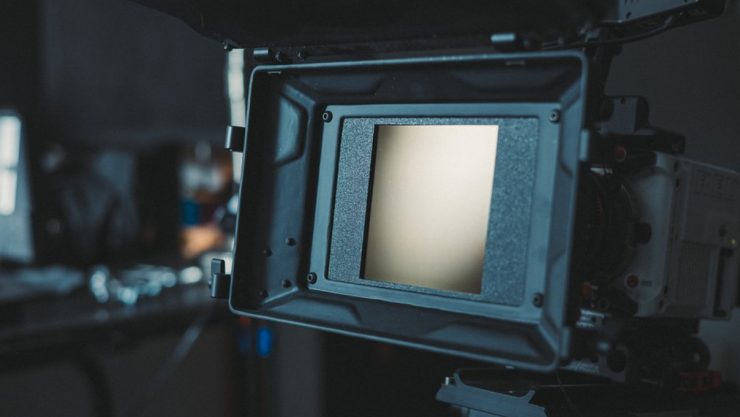
With tuneable ND filtration over a 2 to 7-stop range (or 1.5 to 5-stop range), it has negligible vignetting across the frame and according to the company, consistent color. The PolarView-eND filter system can also be used in combination with fixed-type internal ND filters on cinema cameras like the ARRI ALEXA Mini LF, ALEXA 35, and Sony Venice 2 if you need to achieve higher levels of filtration. It would be interesting to see how well it works when combined with internal ND on cameras and whether there would be any color shifts. Sony didn’t put e-ND in the VENICE or VENICE 2 because it can be susceptible to color shifts.
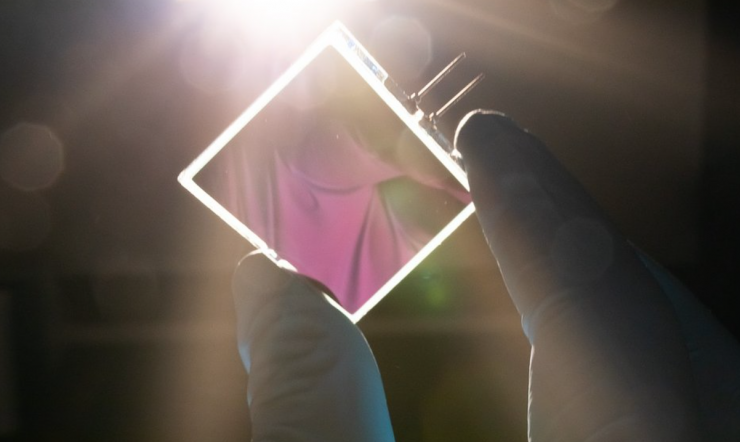
The PolarView-eND uses LC-Tec’s patented liquid crystal panel technology, it is designed to work in a conventional matte box or lens adapter mount. According to the company, there is negligible vignetting across the frame and color is amazingly consistent. One of the main advantages of eND is that instant changes can be made in real-time even during a shot. This opens up all sorts of creative options.
The ND can also be adjusted to preset values similar to how you would use conventional filters.
The larger size of the front-mounted filters presents a far greater technical challenge when it comes to color accuracy and consistency, as opposed to smaller-sized eND systems that sit in front of the camera sensor. LC-Tec claims that they have now overcome these issues with the latest version of the PolarView eND filter.
Who is LC-Tec?
LC-Tec is a technology company specializing in optical components based on liquid crystal (LC) technology. It was founded in 1988 and is located in Borlänge, Sweden. They have over 25 years’ of experience in designing and manufacturing a wide range of LC-based products, including optical shutters, variable ND filters, polarization modulators, variable retarders, and information displays.
How much will it cost & when will it be available?
The PolarView-eND filter system should start shipping in early 2024 and they are aiming at a price point of somewhere between $2,000-3,000 USD.
Haven’t we seen something like this before?
Back at Cinegear 2019, Panavision was showing their LCND (Liquid Crystal ND). The actual eND system being used in this was also made by LC-Tec.
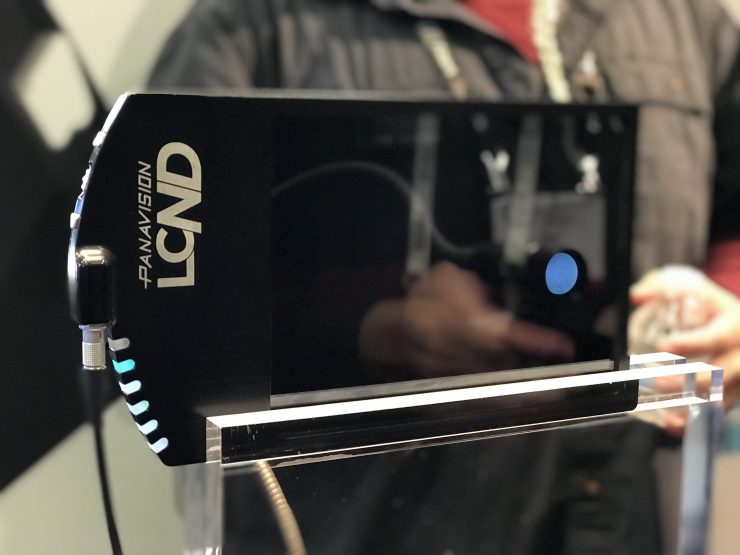
The year before at Cine Gear 2018 they showed a very early prototype of the LCND.
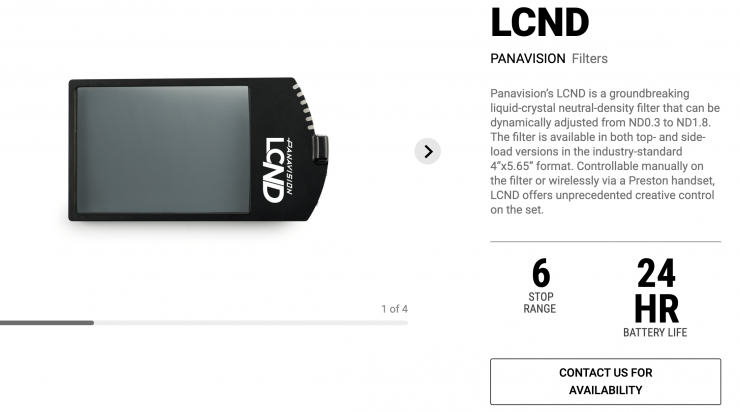
The Panavision LCND has been available to rent for quite a few years now.
The Panavision LCND is an electronic ND that uses an electrical charge to adjust the density of the filter. Because of this, it does mean that it does require power so it has an internal battery. The internal battery lasts for around 24 hours. The LCND can be powered via the Lemo connector on the side.
This type of technology has been around for at least 20 years, but Panavision told us that it was extremely difficult to get it right and creating the high-quality liquid crystal cells was a challenge.
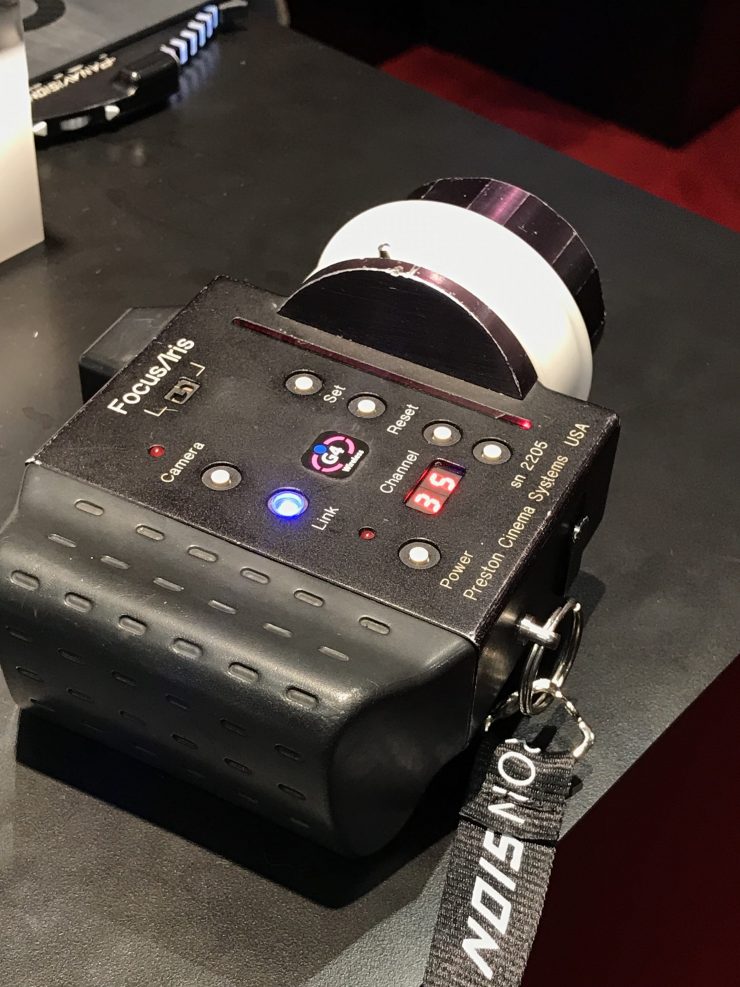
The LCND can be dynamically adjusted from ND0.3 to ND1.8. It is Controllable manually on the filter or wirelessly via a Preston handset. When controlled via a Preston handset, LCND also offers user-programmable creative modes, including Iris Sync, Focus Sync, and Focus + Iris Sync.
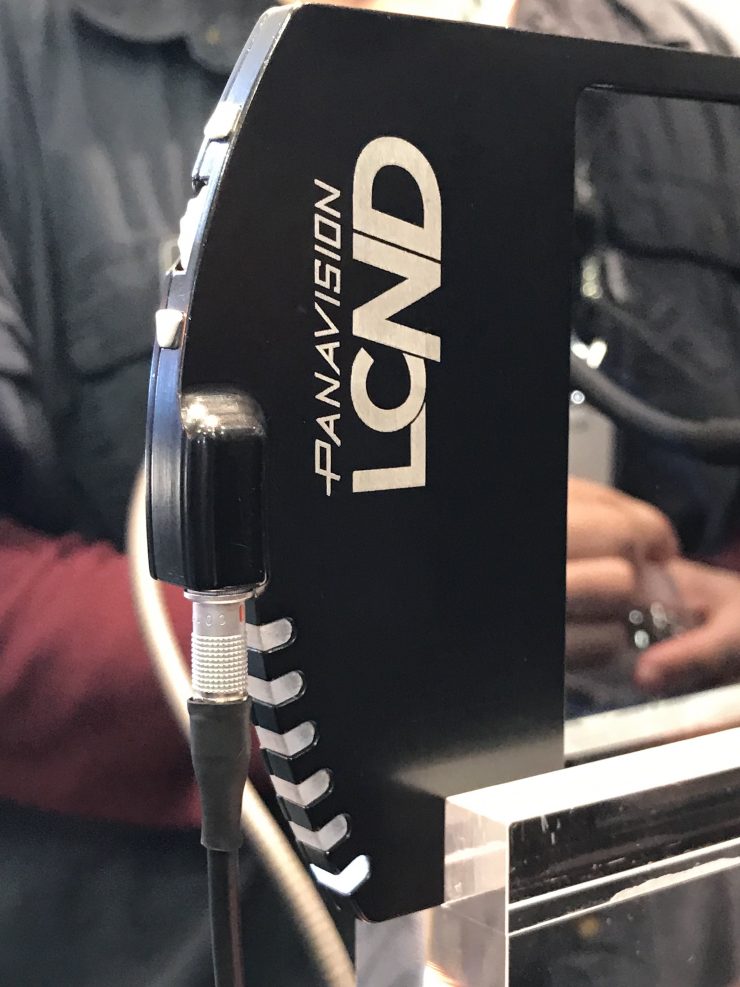
The control interface features two buttons as well as scroll wheel to adjust the ND. The buttons let you go up in single stops, but you can use the scroll wheel to make incremental adjustments.
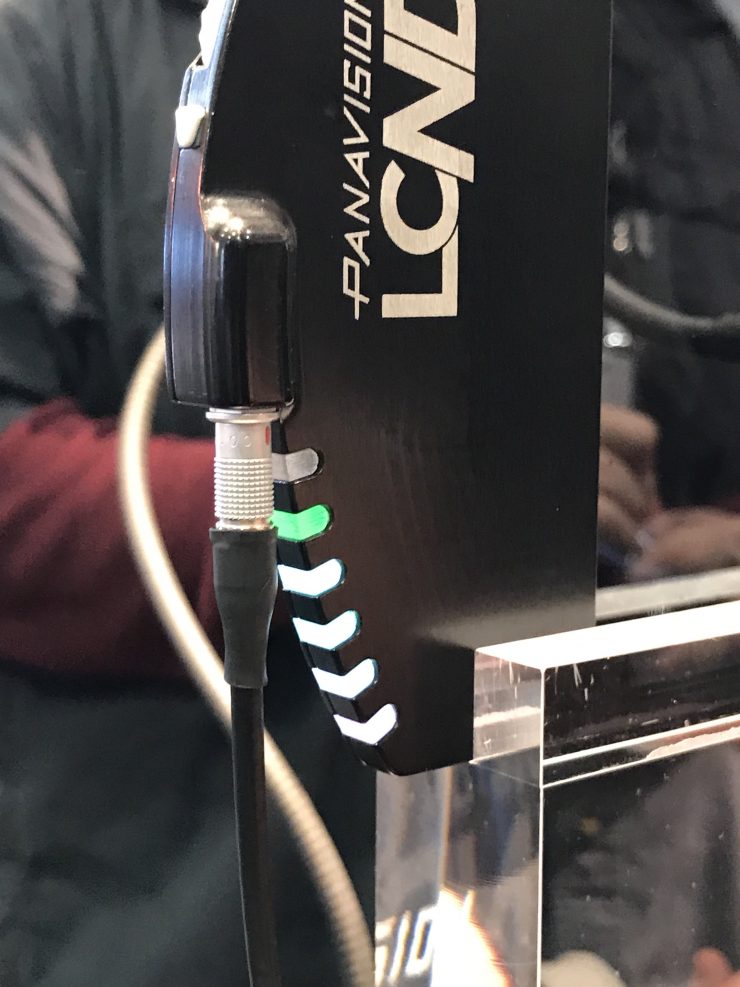
LCS lights illuminate to tell the user how much ND is being applied. Back at Cine Gear 2019 I asked Panavision if there was any way of getting the metadata or information about the amount of ND being applied out of the camera and they said that was something they are looking into.
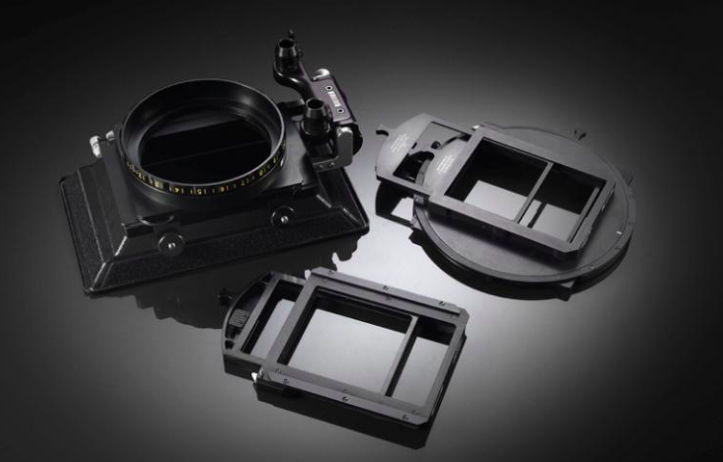
The filter is available in both top- and side-load versions in the industry-standard 4”x5.65” format.





